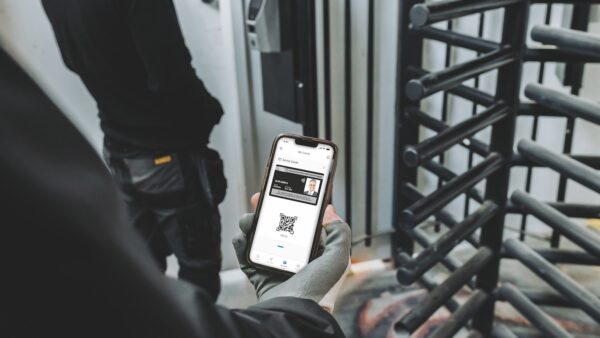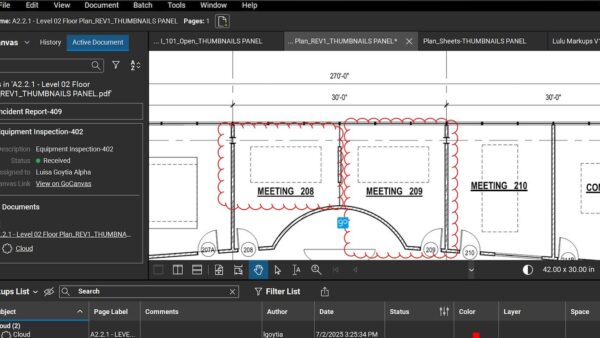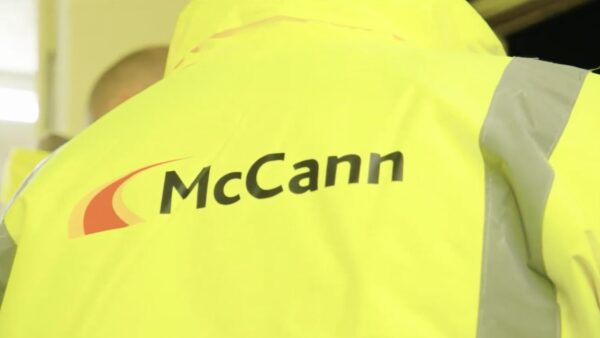The Digital Construction Awards attracted over 170 entries this year, 85 of which have been shortlisted. Here, we detail the finalists for the Product Innovation of the Year award.
This category focuses on new technology – hardware or software – that has been on the market for no more than 18 months.
Five entries have made the shortlist.
AI-powered building analytics solution for all – Digital Twin in a Box | SmartViz
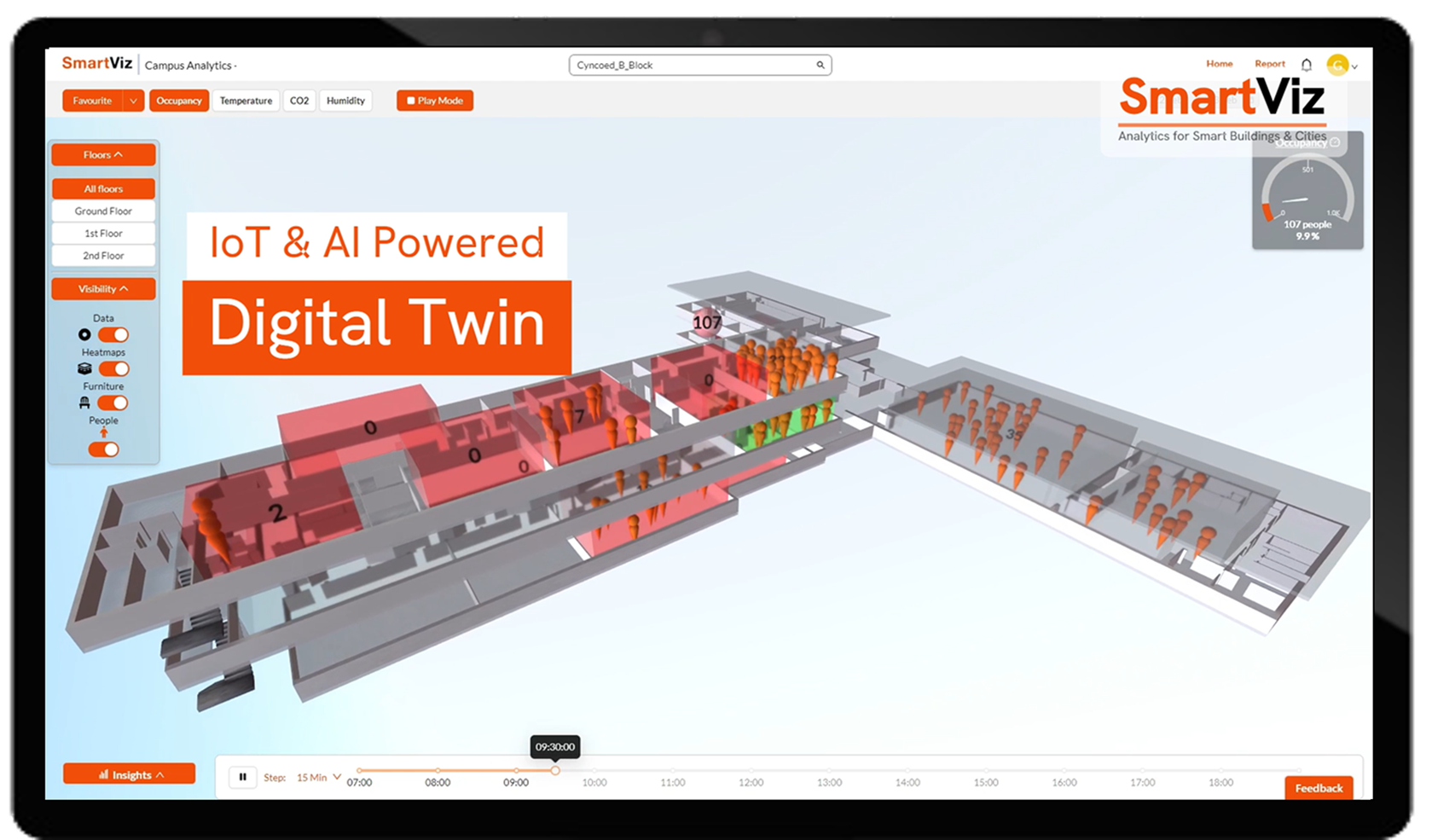
Buildings are responsible for 39% of global energy-related carbon emissions, 28% of which come from operational emissions – energy needed to heat, cool and power them – and the remaining 11% from materials and construction, according to the World Green Building Council. They also operate typically at 20%-40% utilisation and consume up to 250% more energy than designed.
The term ‘smart buildings’ is not new, and neither is the deployment of expensive and labour-intensive technology to capture building conditions. However, this usually ignores the presence of occupants and their behaviour.
SmartViz’s ‘Digital Twin in a Box’ addresses these challenges through the availability of preconfigured peel-and-stick sensors tightly integrated with detailed but easy-to-adapt analytics tools that can capture and analyse user behaviour.
This product allows estate managers to deploy technology quickly and stream real-time insights without the need for technical expertise.
The Digital Twin in a Box core innovation lies in its integration of Internet of Things (IoT), AI and digital twin technologies into a single platform that offers scalability and accessibility.
The product was successfully deployed at Cardiff Metropolitan University. The university saved more than £5.1m in capital costs and £102,000/year in operational costs thanks to the live data and actionable insights produced by the Digital Twin in a Box.
Since this successful project, other UK universities, local councils and commercial real estate clients have also adopted Digital Twin in a Box, including Vodafone, which SmartViz says has already saved more than £30m in property costs as a direct benefit of using this product.
ALICE Technologies
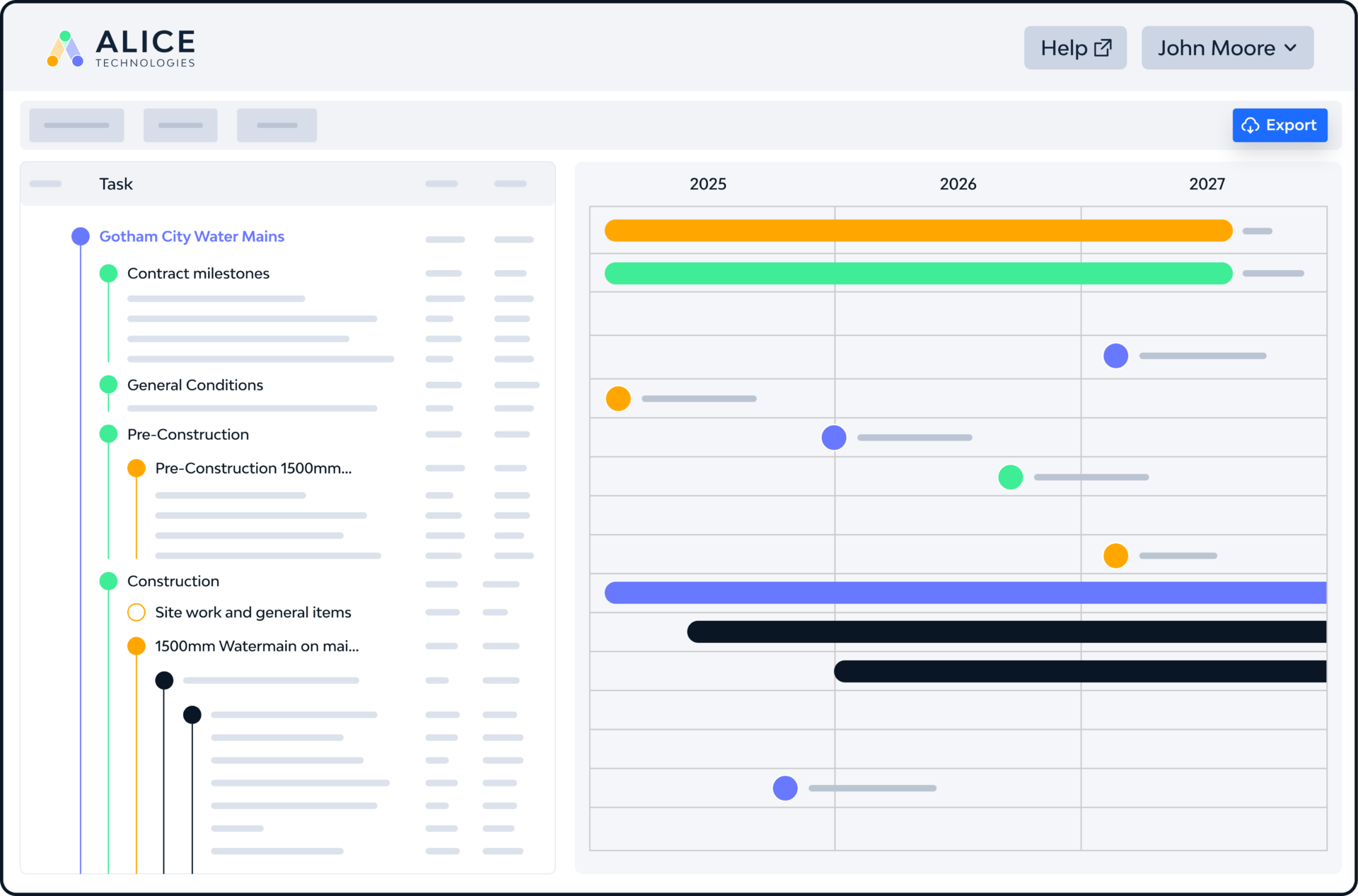
Developed by civil engineer René Morkos and launched in 2024, ALICE Technologies‘ CORE construction optioneering software uses artificial intelligence to analyse a project’s complex building requirements, generate efficient building schedules and adjust them as needed during construction.
The ALICE platform allows teams to understand how long a project will take, the cost and what is needed to deliver it. Because it is parametric, the scheduling models can be adapted throughout the project whenever something changes.
ALICE enables contractors to reduce build times by an average of 17% and construction costs by 11%. It helps remove bias from these decision-making processes by assessing all inputted ideas and providing an independent analysis that is supported by data.
Thanks to ALICE Core, users can upload an existing baseline schedule from Oracle Primavera P6, P6 cloud or Microsoft Project, reducing the amount of manual information entry.
The ALICE platform is already being used by tier one contractors in major projects, including the Skanska, Costain and Strabag JV, Bouygues Travaux Publics, and the Sir Robert McAlpine and VolkerFitzpatrick JV.
AI-enabled muon tomography non-destructive testing system | GScan/National Highways/AtkinsRéalis

There are approximately 73,000 bridges in the UK. Once these structures hit 50 years of age, they begin to deteriorate and require regular inspection and maintenance.
However, until now, no technology has been available to assess internal damage and differentiate safe bridges from those in critical condition. Because of this, 50% of bridges are decommissioned unnecessarily, which wastes significant amounts of money and concrete.
To address this challenge, the National Highways Structures Moonshot programme sought to apply GScan’s muon tomography and AI technology to bridge infrastructure to demonstrate what internal components and damage could be identified in a representative bridge sample.
GScan has developed a novel non-destructive testing (NDT) technology to enhance bridge inspection, empowering asset owner-operators to make data-driven decisions. Existing NDT methods are only capable of assessing structural health up to a depth of 40cm in reinforced concrete. This leaves many maintenance and decommissioning decisions up to assumptions.
Instead, GScan’s AI-enabled muon tomography (muonFlux) can produce a detailed map of chemical and structural components inside a structure. It is capable of penetrating up to 10m with an accuracy of 1mm.
During the project between June 2024 and February 2025, the team demonstrated that muonFlux can identify the internal mechanics of post-tensioning ducts, as well as signs of weakness and deterioration, producing an interactive 3D visualisation.
The next stage of development will assess live bridges managed by National Highways and AtkinsRéalis, as well as starting new projects with ConnectPlus/ConnectPlus Services at the bridges of the M25 and also in the tunnels and retaining wall domains.
Prefabricated partitions on high-rise residential projects | KOPE AI/Saint-Gobain InteWall
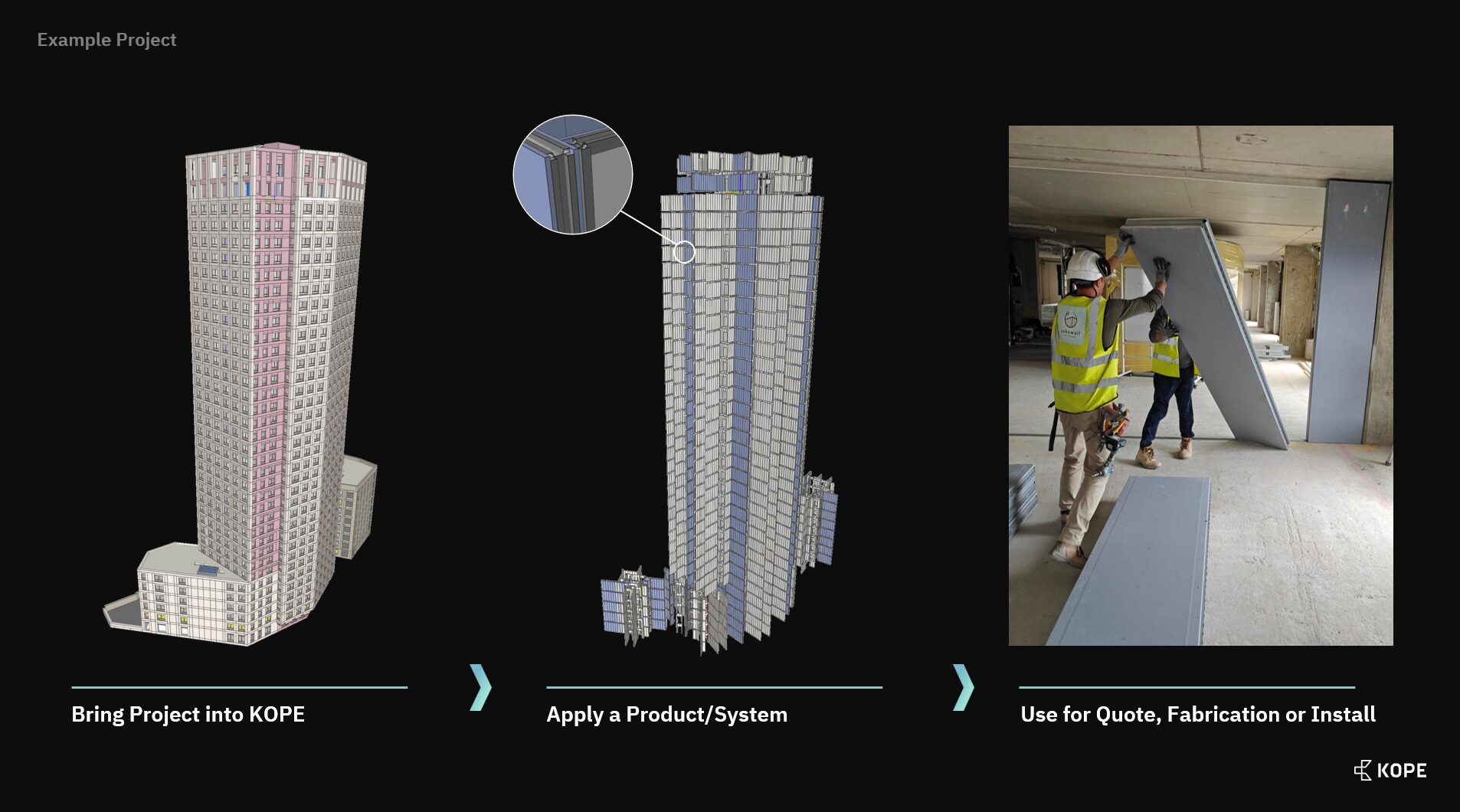
Traditional methods for assessing the feasibility and suitability of Saint-Gobain’s InteWall’s prefabricated partition systems have usually been costly, time-consuming and labour-intensive, typically taking several days per project floor.
In addition, late-stage design phases frequently excluded the possibility of adopting offsite solutions without significant redesign. This conventional approach increased the demand for bespoke components, inflated manufacturing costs and elevated project risk.
Saint-Gobain recognised an urgent need for a rapid, digitally-driven solution capable of quickly and accurately evaluating the viability of prefabrication within established designs. The primary challenge was to minimise bespoke manufacturing requirements without substantial impacts to existing designs, ensuring that offsite prefabrication could remain competitive and viable even at advanced design stages.
Software company KOPE AI worked with Saint-Gobain to create a bespoke product configuration platform that allows teams to quickly evaluate the suitability of InteWall’s partition system on existing project design models.
This product streamlines decision-making, reduces costs, minimises onsite waste by up to 92%, and significantly increases the standardisation and productivity of offsite manufacturing methods.
By digitally encoding the InteWall panel logic and placement strategies, the product was better aligned with manufacturing realities, enhancing the overall project productivity and enabling Saint-Gobain to offer a more competitive, sustainable and efficient solution.
RLB Digital Social Value Platform
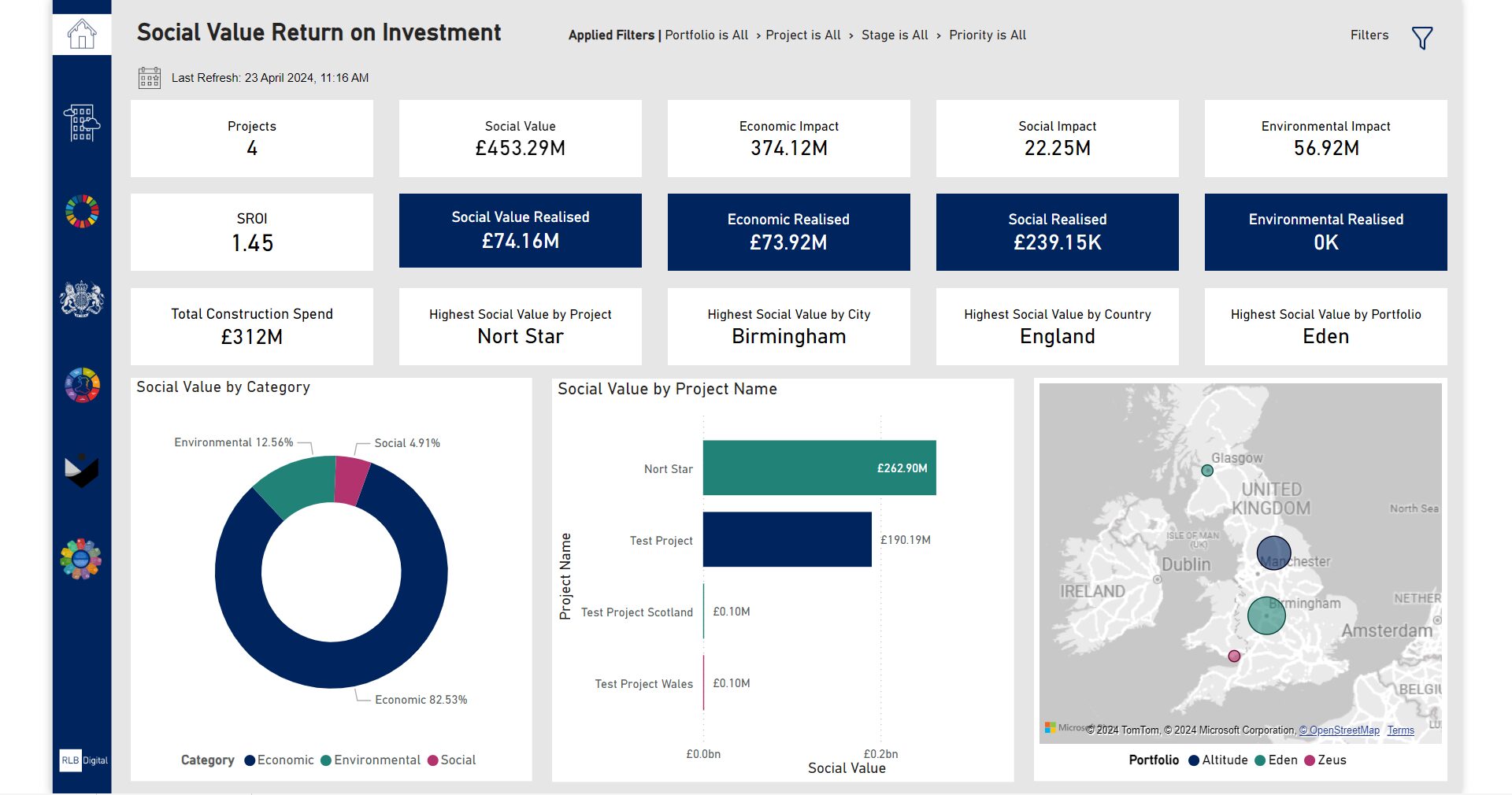
RLB UK’s sustainability team and RLB Digital’s technology team came together to develop a scalable digital platform for measuring and reporting social value that integrates real-time data visualisation, automation and predictive analysis to improve decision-making.
The Social Value Digital Platform enables a standardised, automated and scalable approach to measuring social value, significantly enhancing efficiency, transparency and stakeholder engagement.
This partnership has successfully combined RLB UK’s sustainability expertise with RLB Digital’s technical innovation, resulting in a platform that provides what was previously impossible using traditional methods.
The platform is designed for customisation and industry-wide integration and aligns with major social value frameworks such as United Nations Sustainable Development Goals, Social Value UK, and the National Themes, Outcomes and Measures (TOMs) framework.
With anticipated time savings of up to 50% and projected cost reductions of 30%, this initiative is expected to revolutionise internal processes at RLB and establish a replicable industry model.
Celebrate with the best
The winners will be revealed at the gala dinner on 1 July at the Brewery in London.
You can join the shortlisted entrants by booking your seats at the awards. There is an early bird discount for those who book tables before 16 May.
The Digital Construction Awards are organised by Digital Construction Week, Construction Management and the Chartered Institute of Building. The first sponsor to be announced is Bluebeam.
To find out more about the Awards, visit digitalconstructionawards.co.uk.










